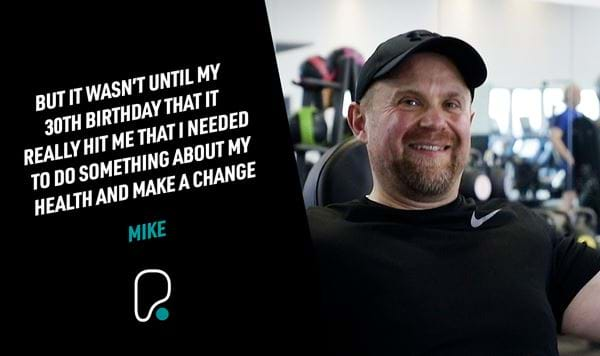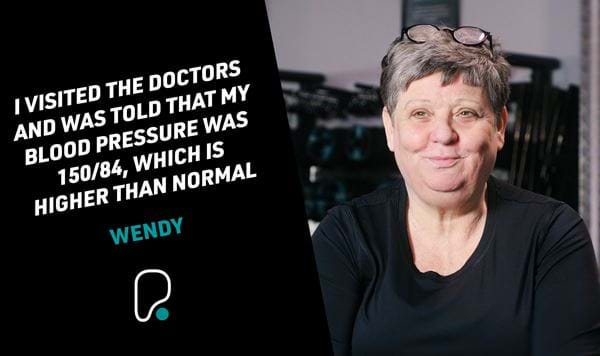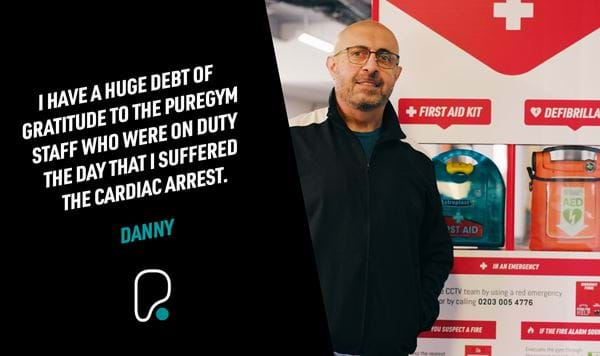How Does My Heart Work?
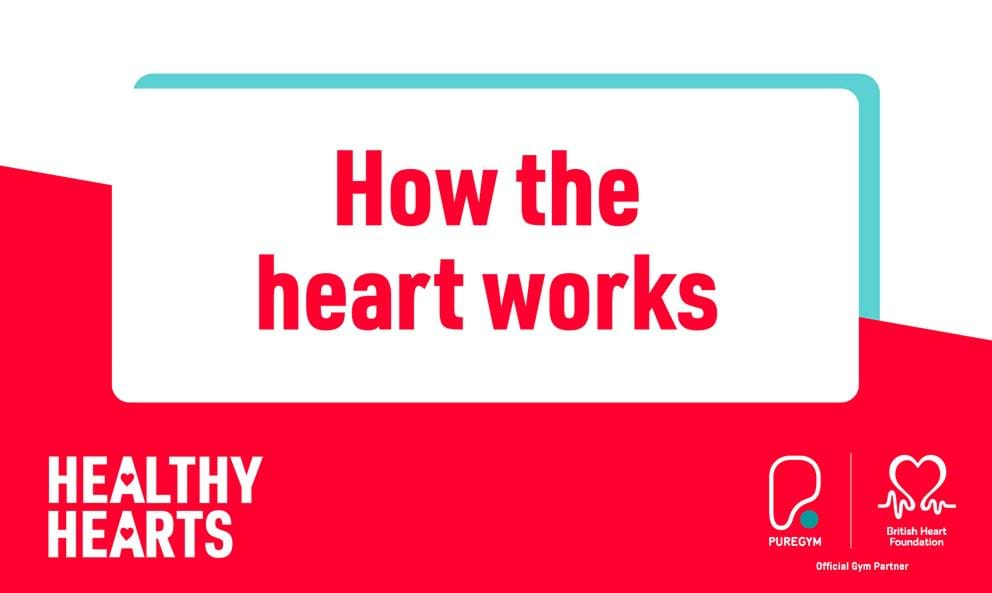
The 29th of September is World Heart Day, so it’s a great time to get everybody thinking more about their heart health.
With help from our partners (and heart experts) at the British Heart Foundation, we’ve got lots of helpful tips and easy to digest information to share with you about your heart and how to look after it.
In this blog, we look at the heart basics – from how the heart beats to why heart health is important.
What does my heart do?
Your heart is a muscular organ about the size of your fist. Without us needing to do anything, an average heart beats around 115,000 times each day, pumping blood around our body to keep us alive.
The heart is responsible for pumping blood through a network of blood vessels, called your circulatory system, delivering oxygen and nutrients to your muscles, brain, and organs.
What is the structure of my heart?
Your heart has a right side and a left side, which are separated by a thin muscular wall called the septum. Both sides of your heart have an upper and lower chamber:
- The upper chambers are called the right atrium and the left atrium
- The lower chambers are called the right ventricle and the left ventricle
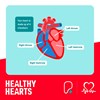
Your heart also has four valves, which control the direction of your blood flow. They act like doors that open and close with every heartbeat to ensure that blood only travels in one direction.
How does my heart beat?
Unlike our skeletal muscles, our heart has its own electrical system that tells the heart when to contract without us needing to think about it. This creates our heartbeat.
This electrical signal is sent from the sinus node, which is found in your heart’s upper right chamber (right atrium). This signal travels through the electrical system in your heart, telling it to contract so it can push blood through your heart and around your body.
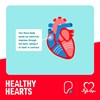
The sinus node is your hearts natural pacemaker and regulates your heart rate, which can change depending on your emotions, or if you are active or resting.
How does blood flow around my heart and my body?
Following the stimulation of the electrical pathways, the pumping mechanism or your heart moves the blood around your body in a one-way direction.
- The right side of your heart receives de-oxygenated blood that has just travelled round your body and pumps it to your lungs to collect a fresh supply of oxygen in the blood.
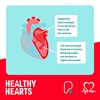
- This blood then enters the left side of your heart, where the oxygenated blood gets pumped around your body again, so it can deliver oxygen and nutrients to your organs and muscles.
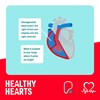
Your heart is linked to the rest of the circulatory system, which is made up of blood vessels called arteries and veins. These vessels connect to even smaller blood vessels, like capillaries.
- Your arteries deliver the oxygenated blood from your heart to your muscles and organs.
- Your veins then carry de-oxygenated blood back to your heart.
Why should I look after my heart?
Although our heart continues to beat without us needing to think or do anything, if we don’t look after it, it could stop working as well as it should. This can lead to heart and circulatory diseases (also known as cardiovascular diseases) such as strokes and heart attacks.
It’s estimated that more than half of us in the UK will get a heart or circulatory condition in our lifetime – making it so important to look after our heart health to reduce our risk.
How can I look after my heart?
The great news is that there are lots of simple swaps and small changes you can make to your lifestyle to look after your heart and keep it healthy.
With the experts at British Heart Foundation, we’ve shared some of the best ways to look after your heart – which can be read here.
Doing these things can help to reduce your risk of heart and circulatory disease, and help you lead a healthier life.
Want to learn more about your heart?
Interested in finding out more about heart health? Check out our blog on how to look after your heart and read our simple swaps and manageable steps you can take to reduce your risk of heart and circulatory disease.
To find out more about our partnership with the British Heart Foundation and more helpful resources and information, click here.
